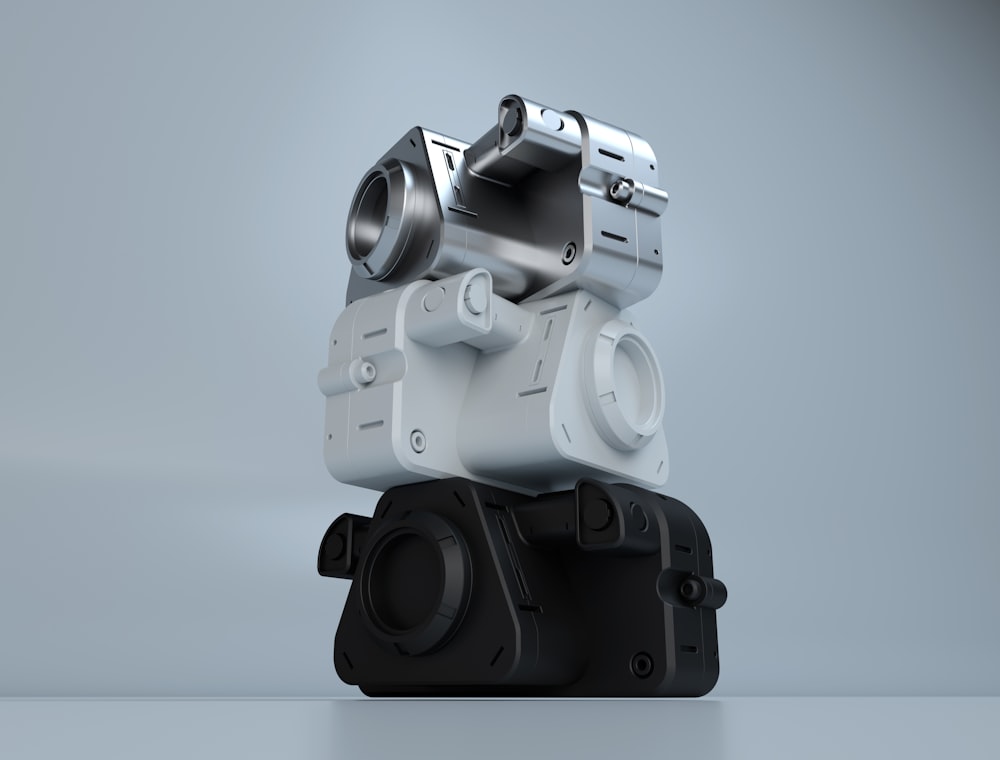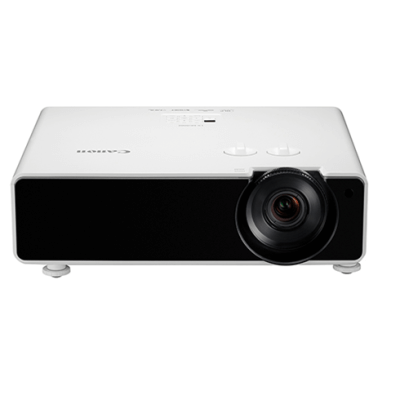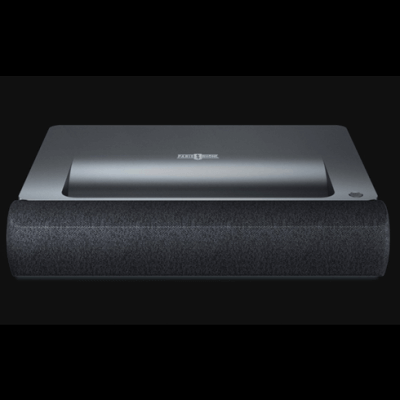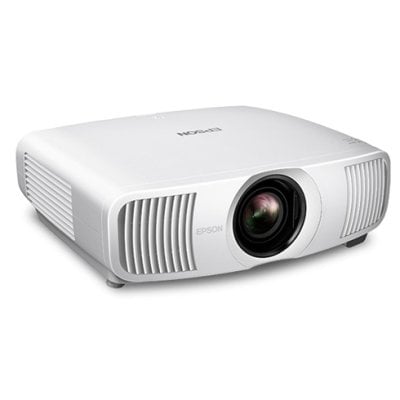Definition
Front projected holographic display is a kind of 3D technology, which originally refers to the technology of recording and reproducing the real three-dimensional image of an object by using the principle of interference. Then, with the guidance of science fiction films and commercial publicity, the concept of holographic projection gradually extended to stage performances, exhibitions and other commercial activities. However, the holography we usually know is often not holographic projection seriously, but a kind of holographic projection technology that uses Piper illusion, edge blanking and other methods to achieve 3D effect.

Technical principle
Front projected holographic display, also known as virtual imaging technology, is a technology that records and reproduces the real three-dimensional image of an object by using the principles of interference and diffraction.
The first step is to record the light wave information of the object by using the interference principle, which is the shooting process. The subject forms a diffuse object beam under laser irradiation. The other part of the laser is used as a reference beam to shoot on the holographic negative and interfere with the object beam. The phase and amplitude of each point on the object light wave are converted into spatially varying intensity. Thus, all the information of the object light wave is recorded by using the contrast and interval between the interference fringes. The negative recording interference fringes becomes a hologram, or hologram, after developing, fixing and other processing procedures.

The second step is to reproduce the light wave information of the object by using the diffraction principle, which is an imaging process. A hologram is like a complex grating. Under coherent laser irradiation, the diffracted light wave of a linearly recorded sinusoidal hologram can generally give two images, namely the original image and the conjugate image. The reproduced image has strong three-dimensional sense and real visual effect. Each part of the hologram records the light information of each point on the object, so in principle, each part can reproduce the whole image of the original object. Through multiple exposures, multiple different images can also be recorded on the same negative, and can be displayed separately without interference.
Features
- Holographic technology can record all the information of object light wave amplitude and phase, and reproduce it. Therefore, the application of holographic technology can obtain the same stereo image as the original.
- Any part of the hologram can reproduce the basic shape of the original. The spherical wave scattered by any point on the object can reach each point or part of the holographic dry plate and interfere with the reference light to form a primitive hologram. That is, each point or part of the hologram records the scattered light from all object points. Therefore, each part of the object hologram can reproduce all the object points illuminated at that point during recording. The image of the object is formed, that is, part of the hologram can still reproduce the image of the object after damage.
- As the recorder of light wave information, the existence of hologram is an important standard to judge whether the 3D technology we contact is holographic technology.




